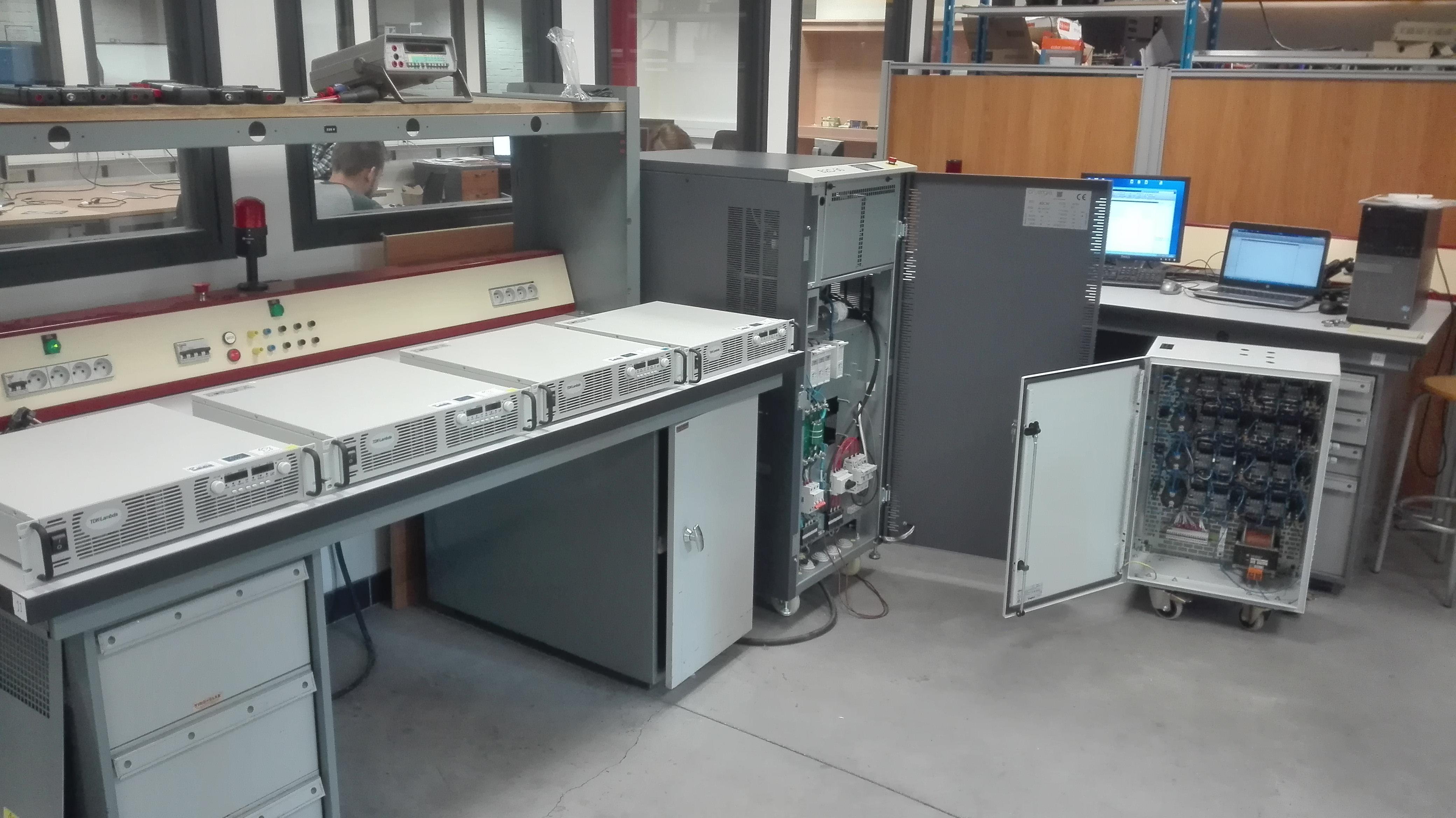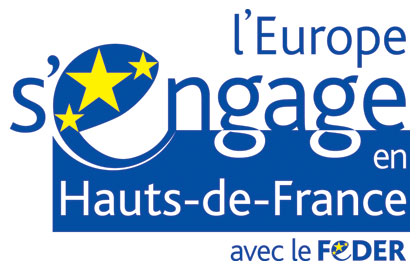The goal is to eventually have “intelligent machines” that integrate electromechanical and electro-electric energy conversion as well as their control, while respecting constraints of size, emissions, functional reliability and structural and eco-efficiency.
Proximity, integrated, intelligent : these are the technical reasons of CE2I project.
Silicon carbide (SiC) allows operation of high temperature (> 200 ° C) power converters. This element would place the power electronics in highly constrained environments previously inaccessible. The proximity aspect brings new reflections for industrialists and academics..

Illustration 1 : SiC transistor Converter
Reduce the volume of current converters: a priority for players in the aerospace and rail industry. Energy filtering components occupy an important place in the volume of a converter, as shown in Figure 1. Decrease in volume, weight and reduction of the cost of production of the system: the integrated subject mobilizes debate.
Avionics, wind turbines and tidal turbines attach importance to structural and functional reliability. The electric motor with the {converter, control-command} set must guarantee the best robustness, safety in case of overheating, overcurrent, mechanical hazards. The rotating machine will continue to operate in degraded mode. Therefore, the converter will ensure continuity of service despite the breakdown, damage … and will be reconfigured without human intervention, illustration 2. The optical intelligence focuses the project.

Illustration 2 : Système d’interconnexion machine
Pertinence of the project and economic benefits :
An important economic issue will play in the field of standards. In terms of reliability, opens a new field of application for which standards are non-existent. The project will be an opportunity to participate in the development of new standards in this sector.
For applications as diverse as decentralized energy production systems, transport system drives, large industrial systems, the possibility of using this integrated energy conversion feature is of considerable interest. It simplifies the design process, ensures that the systems are compatible with each other and their environment, while ensuring critical reliability.
Societal pressures for the emergence of eco-efficient energy converters, for the increase of energy densities, mass and volume powers, contribute towards this integration. It will be possible to design smart entities simple to use, type “Plug & Play”, and able to operate in a network.
Finally the project will lead to the realization of intermediate prototypes and a demonstrator that will validate the possibilities of complete integration
Ambitions CE2I project
Economy
- reduce the budgets allocated to the maintenance / new works activity of control-command system operators
- provide improved energy efficiency, operational flexibility and intrinsic service continuity
- to lower the operating costs of renewable energy producers and thus the production of the Mwh
Territory
- facilitate the participation of SMEs / ETIs and call for high-tech support,
- develop machine qualifications and develop standards labeled “reliability” and “eco-efficiency”,
- file patents related to industrial work,
- rent the services of the demonstrator test bench,
- to pool the multidisciplinary skills of start-ups in the Hauts-de-France region,
Scientist
- enhance and strengthen public / private R & D partnerships with major groups
- participate in international programs
- recruit and train researchers in this multidisciplinary theme and interest internationally renowned academics
Technological Locks
In order to integrate into a single electric converter, all the functionalities while ensuring its reliability, several technological locks are to be lifted :
- the control of the problems of electromagnetic compatibility induced by the use of fast components with low losses,
- the control of the evacuation of the heat produced in this confined environment,
- the design of machines supporting high temperatures,
- mastery of the variety of strategies induced by the use of devices with more degrees of freedom than those strictly necessary for carrying out their elementary function,
- evaluation and control of aging structures,
- the definition of the intelligence layer allowing these machines to cooperate by working in an interconnected manner, with a capacity of “Plug & Play” type.
Recent advances in electrical engineering address these challenges through the emergence of :
- new fast electronic power components,
- new environmentally friendly materials,
- fast processors allowing the use of more sophisticated controls.






